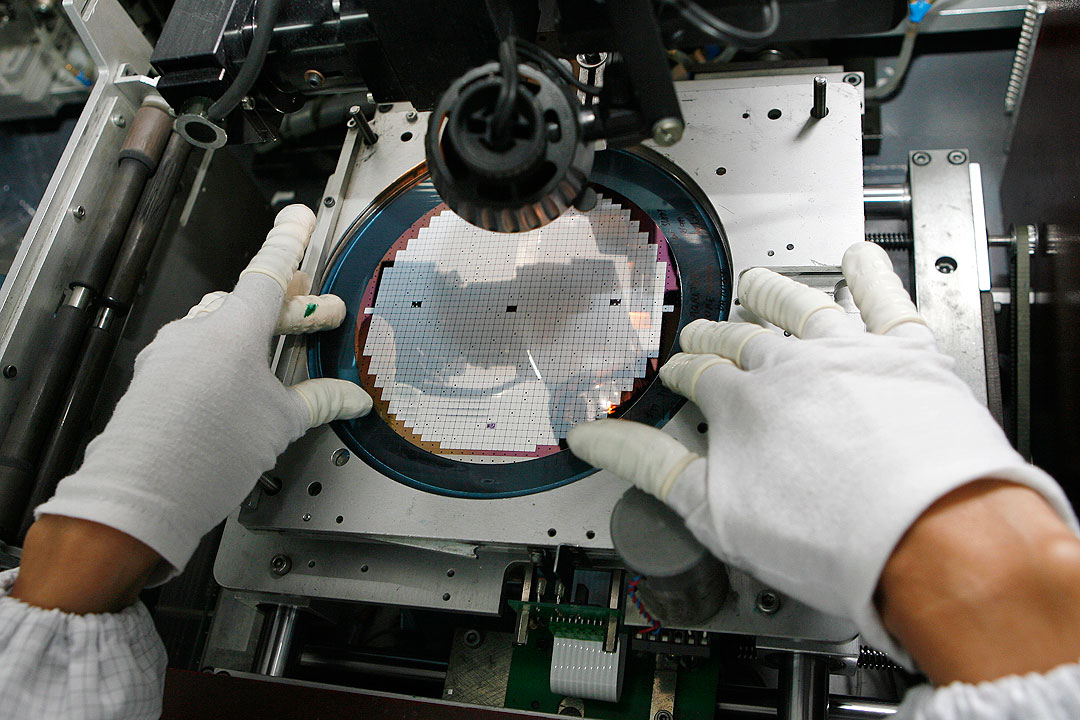Philippine factory activity rises in October

By Luisa Maria Jacinta C. Jocson, Reporter
PHILLIPINE factory activity continued to expand in October, driven by an increase in new orders and production, S&P Global said on Friday.
The S&P Global Philippines Manufacturing Purchasing Managers’ Index (PMI) climbed to 52.4 in October from 50.6 in September, indicating an “improvement in the health of the Philippines manufacturing sector.”
“PMI data for the Philippines manufacturing sector signaled that improving underlying demand trends supported quicker expansions in the two largest constituents of the PMI – new orders and output – at the start of the fourth quarter,” Maryam Baluch, economist at S&P Global Market Intelligence, said in a statement.
This was the second straight month of improvement in operating conditions and its fastest upturn in seven months, S&P Global also noted.
A PMI reading above the 50 mark denotes improvement in operating conditions, while a reading below 50 signals deterioration.
The headline PMI measures manufacturing conditions through the weighted average of five indices: new orders (30%), output (25%), employment (20%), suppliers’ delivery times (15%), and stocks of purchases (10%).
The Philippines had the highest PMI reading in October among Southeast Asian countries with available data, ahead of Indonesia (51.5).
Meanwhile, Vietnam (49.6), Myanmar (49), Singapore (48.6), Thailand (47.5), and Malaysia (46.8) all recorded contractions.
“The latest upturn was supported by quicker expansions in factory orders and output,” S&P said.
New orders rose at a “solid and accelerated pace” during the month.
“Underlying data highlighted that new client wins and improved demand conditions supported the latest uptick in sales. Additionally, firms also recorded a renewed rise in new export orders, following on from a solid contraction in the previous survey period,” S&P Global said.
“With demand conditions strengthening, growth in production volumes quickened. Output rose for the fourteenth successive month in October. Moreover, the rate of increase was the fastest for five months,” it added.
Meanwhile, manufacturing firms also reported raised employment amid improved business conditions.
“That said, the rate of job creation was only marginal and broadly in line with that seen in September. October data signaled a fourth consecutive monthly fall in backlogs. Moreover, levels of unfinished work were depleted at the sharpest pace in nearly two years,” S&P said.
Buying activity showed modest growth in October following a lull in the previous month. “Anecdotal evidence noted that a faster rise in factory orders and hopes of increased output over the coming year supported the latest upturn,” S&P said.
There was also an expansion in pre-production inventories as buying activity increased.
“Meanwhile, stocks of finished goods rose for the fourth successive month, though at the weakest pace in the current sequence of increase,” it added.
S&P Global noted that inflationary pressures also eased, as “both input costs and output charges increasing at rates slower than their respective historical averages.”
“Operating expenses rose in October, amid reports of greater raw material and energy costs. That said, the pace of input price inflation was the slowest in four months and below the long-run average,” it said.
For next year, manufacturing firms reported more optimism on output growth. “However, the degree of confidence weakened on the month and was the lowest for 16 months,” S&P Global said.
“Filipino manufacturers remained optimistic, with growth in output anticipated in the year ahead. However, global headwinds and the lagged effects of the monetary policy tightening remain a downside risk to the sector,” Ms. Baluch said.
Rizal Commercial Banking Corp. Chief Economist Michael L. Ricafort said that the election-related spending in October provided a boost to manufacturing.
“Manufacturing and other production activities are expected to continue to pick up and improve in the fourth quarter, after the seasonal increase in importation, manufacturing, and other production activities since the third quarter,” he said in a Viber message.
Mr. Ricafort also noted that factory output will likely increase in the coming months amid the upcoming holiday season.



